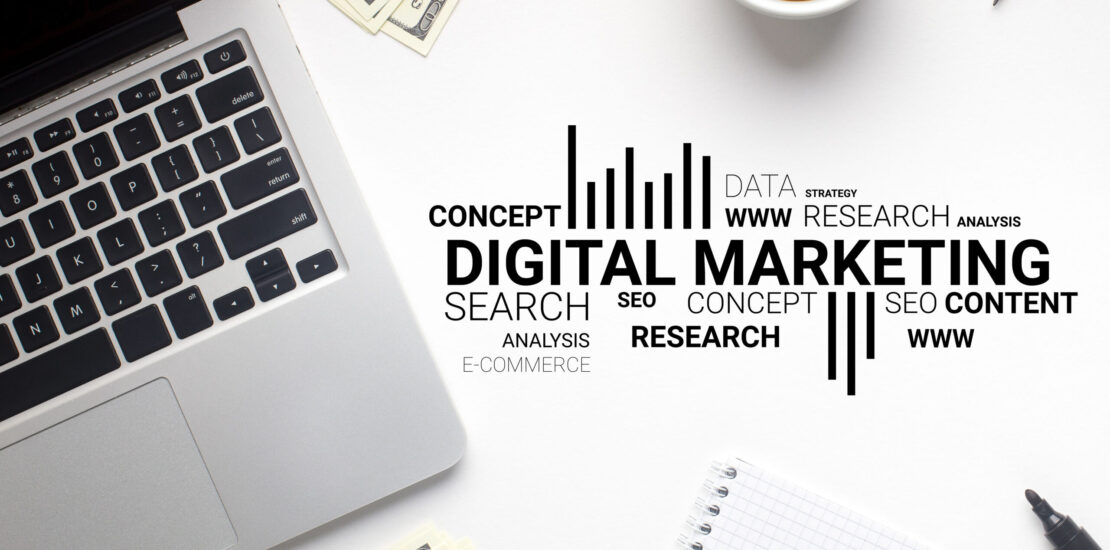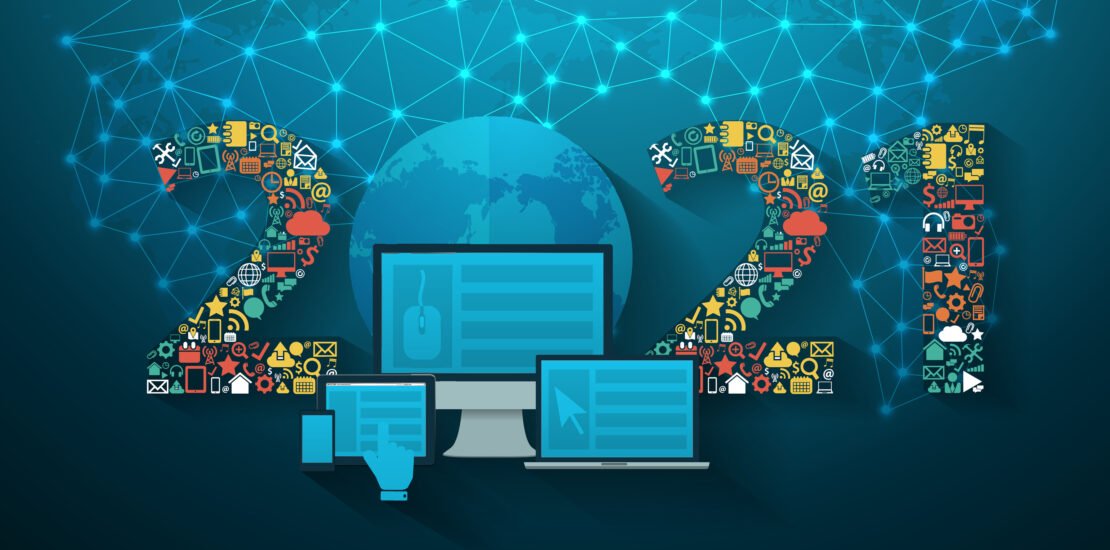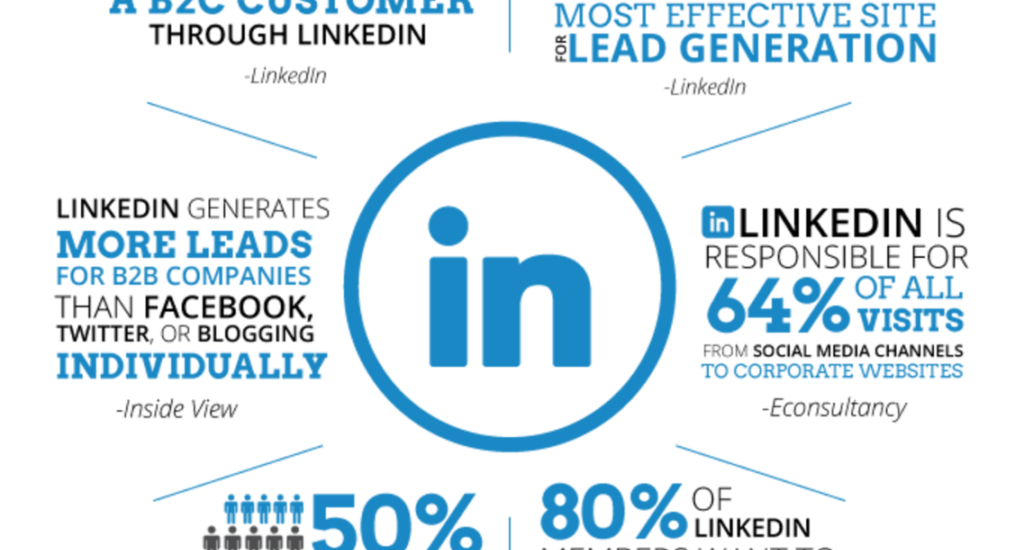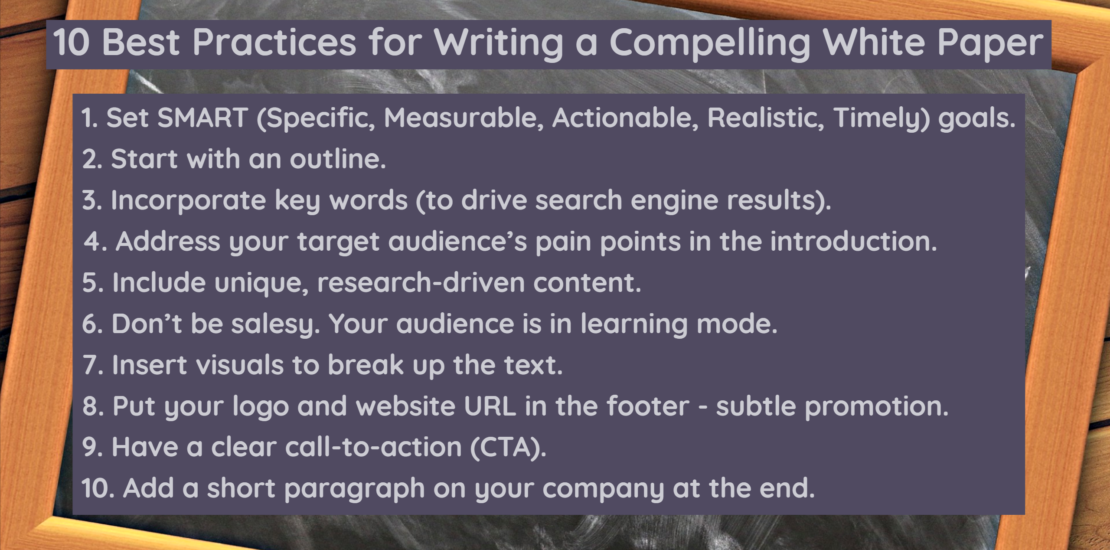B2B marketing
-
Generative AI 101: What Every B2B Marketer Needs to Know
- March 12, 2024
- Posted by: Stacey Wisniewski
- Categories: Blog, Marketing Strategy
No Comments
-
The Current State of Digital Marketing – Where Companies Should Spend their Marketing Dollars in 2024
- March 12, 2024
- Posted by: Stacey Wisniewski
- Categories: Blog, Marketing Strategy

-
The 5 Biggest Challenges Facing Marketing & Sales Teams
- June 13, 2022
- Posted by: Stacey Wisniewski
- Category: HubSpot Certified Partner

-
Why You Need to Create Your Customer Personas NOW
- April 5, 2021
- Posted by: Stacey Wisniewski
- Category: Marketing Strategy

-
The State of B2B Marketing in 2021
- February 12, 2021
- Posted by: Stacey Wisniewski
- Category: Marketing Strategy

-
Brand Trust – The Key to B2B Success Post-COVID
- January 20, 2021
- Posted by: Stacey Wisniewski
- Category: Marketing Strategy

-
LinkedIn for Lead Generation – A Guide for B2B Companies
- December 1, 2019
- Posted by: Stacey Wisniewski
- Category: Marketing Strategy

-
How to Write a Compelling White Paper that People Want to Read
- September 3, 2019
- Posted by: Stacey Wisniewski
- Category: Marketing Strategy

-
10 Reasons Why Competitive Intelligence is So Important for B2B Companies
- March 25, 2019
- Posted by: Stacey Wisniewski
- Categories: Consultant, Marketing Strategy
-
Why your B2B business needs a content marketing plan?
- January 26, 2019
- Posted by: Stacey Wisniewski
- Category: Marketing Strategy